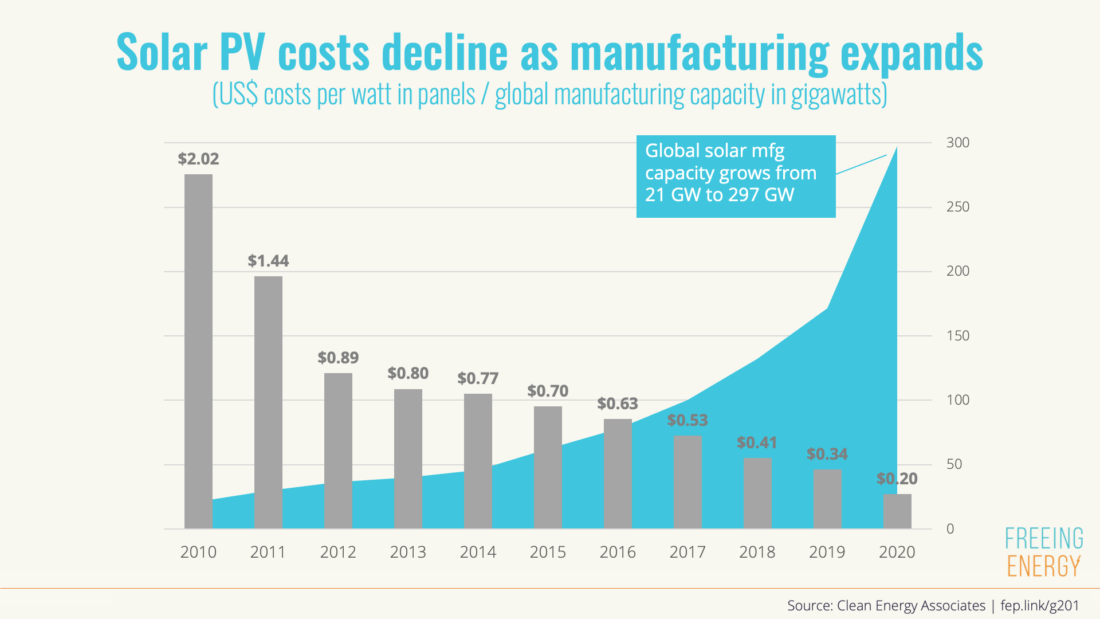 Many of us saw the Netflix series “3 Body Problem,” which is set on a planet that circulates two suns. The series is based on a book and has been renewed for another season. Those of us who liked the program might have wondered about the title. As usual, under such circumstances, we can find a relevant Wikipedia site that explains. In physics, a three-body problem refers to three masses—in this case, planets and stars—and the gravitational push and pull between them. One of the most important things to understand is that three-body systems, unlike the more familiar two-body systems, are inherently unstable.
Many of us saw the Netflix series “3 Body Problem,” which is set on a planet that circulates two suns. The series is based on a book and has been renewed for another season. Those of us who liked the program might have wondered about the title. As usual, under such circumstances, we can find a relevant Wikipedia site that explains. In physics, a three-body problem refers to three masses—in this case, planets and stars—and the gravitational push and pull between them. One of the most important things to understand is that three-body systems, unlike the more familiar two-body systems, are inherently unstable.
A sun, per definition, generates its own energy through the fusion of hydrogen in its core. This type of immense, nearly limitless energy solution would be ideal for the “day after” the present global energy transition. We cannot live on a star because the surface temperature, even on the smallest stars, is much too high for survival (for example, the coolest Red Dwarf is still over 2000oK or 3000oF), so we would need to make reactors to generate the fusion energy on Earth. We know how to make bombs based on the technology (hydrogen bombs). However, we still don’t know how to make a reactor that can generate electricity for us to use. I wrote about the effort in a previous blog (December 12, 2017, Long-term Mitigation: Fusion). In a “day after” scenario, we might succeed or we might not, but we already have a workable alternative: we can use the fusion from our only sun and capture much more of its energy than we are currently collecting. We are making great strides in this direction.
A few weeks ago (June 22nd), The Economist published a special issue, “Dawn of the Solar Age.” Some paragraphs of the introductory article are cited below:
To call solar power’s rise exponential is not hyperbole, but a statement of fact. Installed solar capacity doubles roughly every three years, and so grows ten-fold each decade. Such sustained growth is seldom seen in anything that matters. That makes it hard for people to get their heads round what is going on. When it was a tenth of its current size ten years ago, solar power was still seen as marginal even by experts who knew how fast it had grown. The next ten-fold increase will be equivalent to multiplying the world’s entire fleet of nuclear reactors by eight in less than the time it typically takes to build just a single one of them.
…To grasp that this is not some environmentalist fever dream, consider solar economics. As the cumulative production of a manufactured good increases, costs go down. As costs go down, demand goes up. As demand goes up, production increases—and costs go down further. This cannot go on for ever; production, demand or both always become constrained. In earlier energy transitions—from wood to coal, coal to oil or oil to gas—the efficiency of extraction grew, but it was eventually offset by the cost of finding ever more fuel.
As our essay this week explains, solar power faces no such constraint. The resources needed to produce solar cells and plant them on solar farms are silicon-rich sand, sunny places and human ingenuity, all three of which are abundant. Making cells also takes energy, but solar power is fast making that abundant, too. As for demand, it is both huge and elastic—if you make electricity cheaper, people will find uses for it. The result is that, in contrast to earlier energy sources, solar power has routinely become cheaper and will continue to do so.
Other constraints do exist. Given people’s proclivity for living outside daylight hours, solar power needs to be complemented with storage and supplemented by other technologies. Heavy industry and aviation and freight have been hard to electrify. Fortunately, these problems may be solved as batteries and fuels created by electrolysis gradually become cheaper.
The correlation between the sharp reduction in price and the exponential growth in use is shown in Figure 2.

Figure 2 – Cost and manufacturing capacity of solar cells over the last 20 years (Source: FreeingEnergy)
In a previous blog (June 9, 2020, Negative Energy Pricing), I described the phenomenon of negative energy pricing, which indicates that the supply of the energy exceeds demand. The examples in that blog were focused on the price of oil and electricity at the start of the COVID-19 pandemic, when there was a sharp decline in energy use. The imbalance now continues in Europe, this time driven mostly by an increased supply of solar energy:
Spanish consultancy AleaSoft Energy Forecasting recorded negative hourly electricity prices for all but one European energy market it analyzed during the first week of April, including in the Spanish and Portuguese markets for the first time. It also registered an all-time production record for photovoltaic energy in Portugal and the second highest value ever recorded in Italy.
In fact, for the first time, solar power supply exceeds oil in power generation:
Fortune: Electricity prices in France turn negative as renewable energy floods the grid
Since the first industrial revolution raised coal-rich Britain, Germany and the US to dominance, and the rise of crude brought power and wealth to Russia and the Middle East while extending America’s global lead, the nations that controlled the headwaters of these energy flows have been the hegemons of each succeeding century.
Right now, seven Chinese companies have a bigger stake in the power source of the 21st century than the Seven Sisters of oil that dominated the 20th. If you want to understand the roots of the geopolitical angst driving Washington’s crackdown on China’s clean technology, it’s impossible to ignore that fact.
The deciding role that solar power is now playing is not confined to rich countries. It extends to Africa, which remains the only continent in which electricity has yet to become universally available:
Solar power is increasingly seen as the solution. Last year Africa installed a record amount of photovoltaic (pv) capacity (though this still made up just 1% of the total added worldwide), notes the African Solar Industry Association (afsia), a trade group. Globally most solar pv is built by utilities, but in Africa 65% of new capacity over the past two years has come from large firms contracting directly with developers. These deals are part of a decentralised revolution that could be of huge benefit to African economies
One of my earlier blogs described solar power on the roads (February 18, 2020, Solar Roads: Driving into the Future). Now, it extends to floating on water:
New research has found that several countries could meet all their energy needs from solar panel systems floating on lakes. Climate, water and energy environmental scientists R. Iestyn Woolway and Alona Armstrong analysed how much energy could be produced by floating solar panels on just 10% of the water surface of one million bodies of water globally. They found that Ethiopia and Rwanda could generate more energy than their current national energy need from the floating energy systems alone.
Thursday evening (June 27th) I joined millions of others watching the presidential debate. I saw another version of the “day after”: the one following our elections this November. Watching the debate, it was obvious, at least to me, that while you cannot lie about the future, you can lie about past and present. The debate was supposed to tell us whose future we prefer but it didn’t provide us with the relevant information. It focused on Trump’s past and Biden’s current difficulties. I was focused on climate change and other global threats. The only “future” that I heard from either candidate was that the other candidate would ignite WWIII. In the 90-minute debate, there was one question that was focused on climate change. Ex-president Trump used his two minutes to describe that when he was president, the skies were blue and the water (in his language, H2O) clean. President Biden used his two minutes to summarize his achievements on the topic, including a short exchange about the US quitting the Paris Agreement at the beginning of Mr. Trump’s presidency and rejoining at the beginning of Mr. Biden’s presidency. It was clear (to me) that if given a second term, President Biden would try to continue what he is doing now but his success or failure would depend on the makeup of other governmental branches elected in November. Judging what ex-President Trump would do is more difficult. I couldn’t rely on what he said because he only talked about the great America that he left for President Biden to ruin. However, there are other, richer sources of information about what President Trump would do after winning the presidency in November. I will try to draw some “day after” descriptions gathered from these sources.
